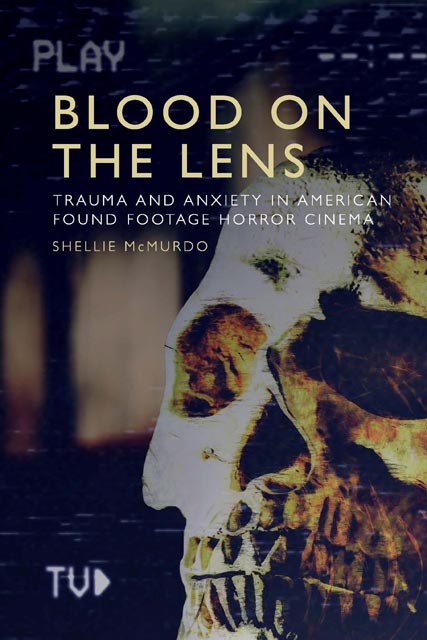8 - Death in digital: found footage horror and the internet
Published online by Cambridge University Press: 13 April 2023
Summary
In Pulse (2006), an American remake of the Japanese film Kairo (2001), we learn that ghosts are using the borderless landscape of the internet to sap users’ will to live, tempting them with the promise of a chance to see a real ghost, before driving them to suicide. Pulse, which can only very loosely be termed as a found footage horror film – as it has a few sequences which are framed as ‘live’ footage – engages clearly with the idea that the internet is a dangerous place. It is a film emblematic of what Mikita Brottman suggests is a societal anxiety regarding the reach and content of the internet, and the computer as ‘a kind of magical portal – the gate of hell – through which computer viruses can escape to infect your home, turning your husband into a porn fiend and your children into the potential victims of drooling pedophiles’ (2004: 169). The horror genre more broadly has featured the internet as a locus of fear for decades, and the found footage horror subgenre in particular has become a space where discomforts around developing technology are being articulated through both themes and form. It should be noted that this chapter and the one that follows will not use a large-scale cultural trauma as a focus point – as was the case with the previous part of this book – instead, they will centre around the pervasive cultural anxiety that surrounds internet use in contemporary society. The internet has been mediating traumatic events for years, and is central to several concurrent societal anxieties around the mediation of violence and the effects of living in an increasingly digital society. This chapter and the next will, therefore, examine the ubiquitous unease that surrounds the internet and its (as yet) unrealised potential for large scale trauma.
As Gary D. Rhodes argues, ‘traditionally, even if not necessarily intentionally, horror has been a generic engine for cinematic advancements and experimentation’ (Rhodes, 2002: 50). Rhodes goes on to highlight that the second all-dialogue talking picture was indeed a horror film, as was one of the first feature length widescreen films: respectively, these were The Terror (1928) and The Bat Whispers (1930).
- Type
- Chapter
- Information
- Blood on the LensTrauma and Anxiety in American Found Footage Horror Cinema, pp. 149 - 168Publisher: Edinburgh University PressPrint publication year: 2022



